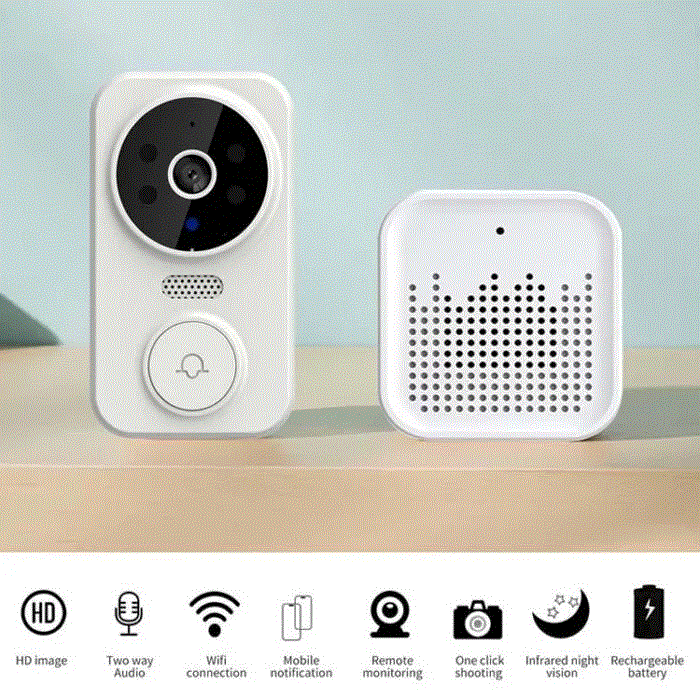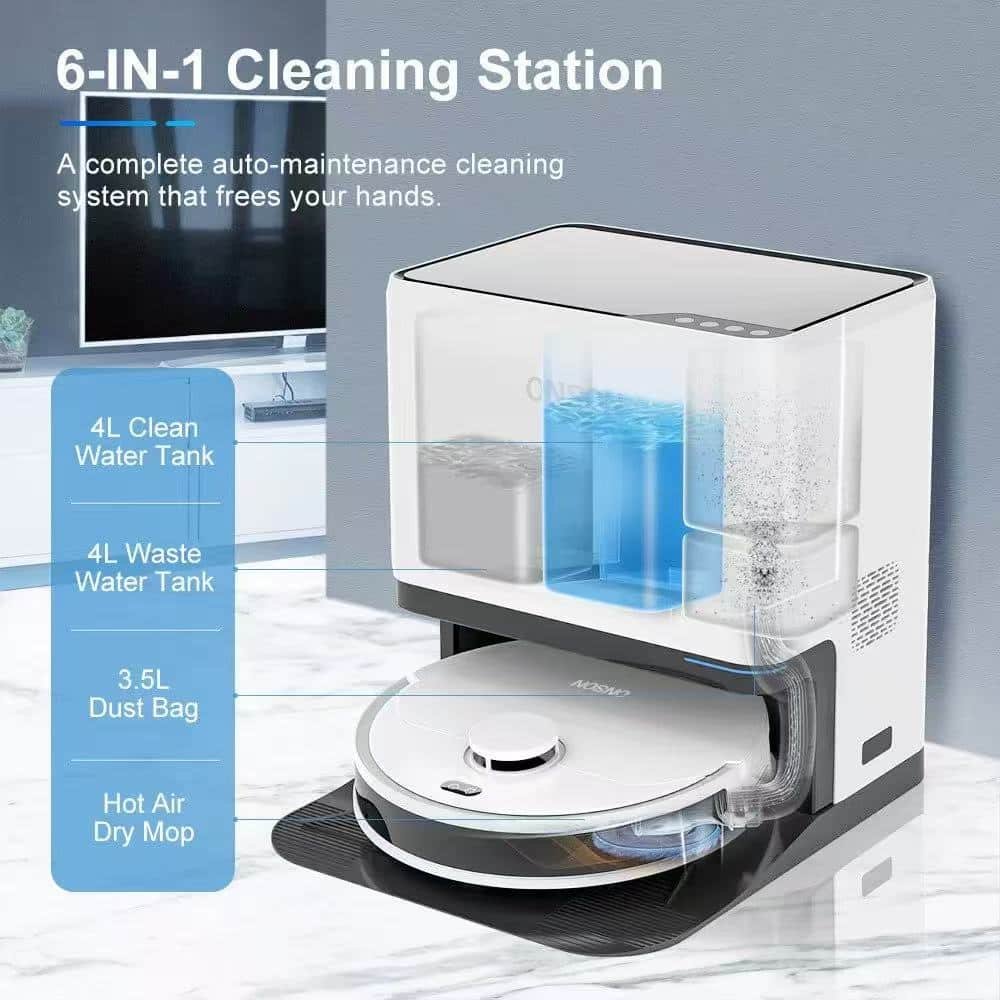In a highly competitive market, buying companies seeking to obtain high-quality smart furniture at the lowest cost is the key to improving profit margins and market competitiveness. This is not achieved by “price reduction”, but requires a systematic approach that integrates insight, strategy and execution:
- Accurately define “high quality” and avoid cost traps
Focus on core elements: clarify the core value points – whether it is stability and reliability (precise sensors, stable network connections, low failure rate), core materials and processes (solid load-bearing structure, durable surface treatment, environmentally friendly standards), user experience essence (smooth core functions, intuitive interface) or technical forward-looking (supports mainstream communication protocols and has basic upgrade potential). Avoid paying premiums for flashy features or over-marketing.
Standardization of technical parameters: Develop clear and quantifiable technical specifications to clarify performance indicators (such as response time, accuracy), safety standards (electrical safety, basic requirements for data encryption), and durability testing standards (such as switch life, wear-resistant testing grade). This is the cornerstone of negotiation and acceptance, and eliminates the quality risks and subsequent costs brought by fuzzy space.
- In-depth supply chain optimization to tap cost potential
Direct source procurement, reduce levels: Priority is given to source manufacturers with integrated design and production capabilities, and completely bypass the intermediary link. Participate in large-scale industry exhibitions and use professional B2B platforms for efficient screening and preliminary verification.
The power of scale and centralized procurement: Integrate internal needs or join forces with other buyers to form a larger procurement batch. Significantly improve bargaining power, strive for better factory prices and more favorable payment periods, and significantly dilute the cost of a single piece.
Seize the procurement opportunity: Study the supplier’s off-season production or clearance cycle before new products are launched, and take the initiative to negotiate. Suppliers are often more willing to offer discounts at this time to digest inventory or balance production capacity.
Modular design considerations: During the selection stage, focus on products that adopt modular design. This allows for flexible replacement or upgrade of specific components (such as core control modules, sensors) in the future, reducing the risk of long-term maintenance and technical outdated technology, and controlling costs from a full life cycle perspective.
- Strict screening and verification to ensure the bottom line of quality
Factory audit is indispensable: On-site inspection of potential suppliers’ production environment, quality management system operation, process control, testing equipment and processes. What you see with your own eyes is far better than a written commitment.
Sample depth test: Before procurement, strict and comprehensive sample test must be carried out to simulate real usage scenarios:
Function and stress test: Repeatedly test core intelligent functions (voice control, linkage scenarios, APP response), long-term operation stability, and network interrupt recovery capabilities.
Compatibility verification: Ensure that it can work smoothly with the mainstream ecosystem or control platform in the buyer’s target market.
Material and process inspection: Check actual materials, workmanship details, hardware quality, and structural stability.
Small batch trial: Deploy small batch products in real or simulated environments to perform long-term operational tests and expose potential problems.
Technical strength and support evaluation: Examine the supplier’s R&D team background, technical document integrity, firmware/software update history and planning, and after-sales technical response capabilities. The long-term experience of smart products is highly dependent on continuous technical support.

- Smart negotiation and cost management
Total cost of ownership perspective: During negotiations, comprehensively calculate all related expenses such as product price, logistics and transportation, installation and commissioning, potential repair, accessories replacement, technical upgrade, warehousing management, etc. Providers are required to provide transparent cost composition analysis.
Clarify after-sales guarantee: clearly stipulate the warranty scope, term (especially core electronic components), fault response time, maintenance process, spare parts supply price and cycle, and software upgrade service terms. Fuzzy after-sales commitments are a hidden danger of high costs in the future.
Data-driven decision-making: Use historical procurement data, market trend analysis, and demand forecasts to formulate more accurate procurement plans, optimize inventory turnover, and avoid capital backlogs and product outdated depreciation.
- Establish a mutual trust and win-win partnership
Long-term cooperation orientation: Establish a stable and transparent strategic cooperative relationship with proven and excellent suppliers. Long-term and stable orders are the basis for suppliers to provide better prices, give priority to capacity support, and jointly optimize costs (such as jointly developing customized cost-effective products).
Information Sharing and Collaboration: Share market insights and demand forecasts, assist suppliers in optimizing production plans and material preparations, reduce their supply chain costs, and ultimately achieve win-win results for both parties.
Acquisition of high-quality smart furniture at low cost is a precise and balanced art. It requires buyers to have keen market insight, go deep into the source of the supply chain, implement strict supplier screening and product verification mechanisms, and implement total cost thinking in negotiation and management. Abandoning simple price orientation, moving quality control forward, and establishing a long-term partnership based on data and mutual trust is the core ability of buyers to reduce costs and improve efficiency and win the market in the wave of intelligence. Every successful procurement is a powerful proof of control over the supply chain.


